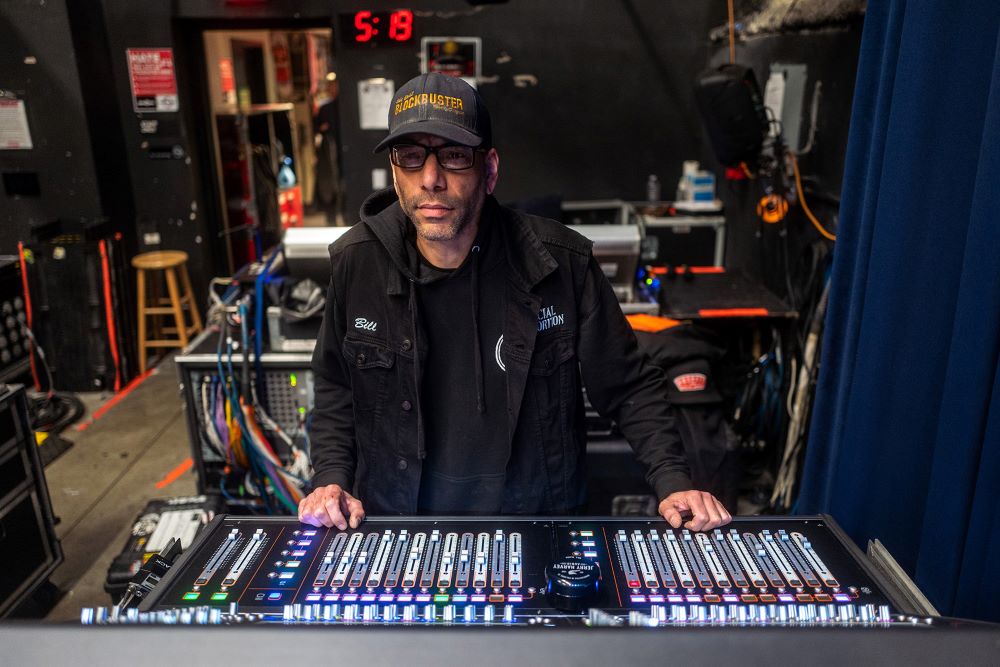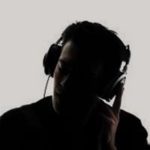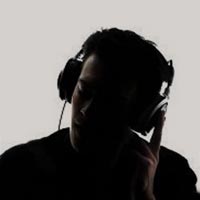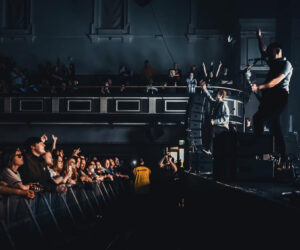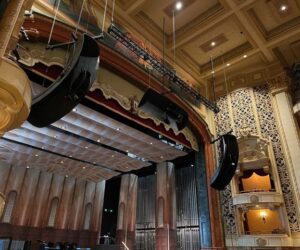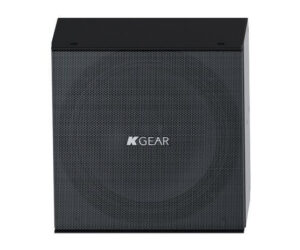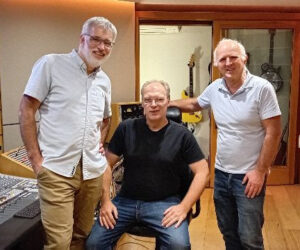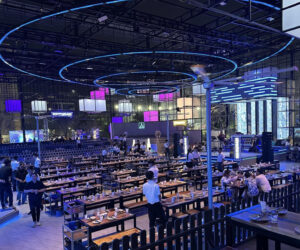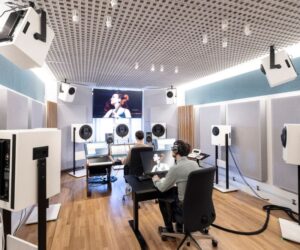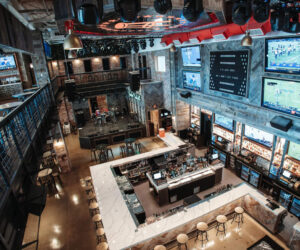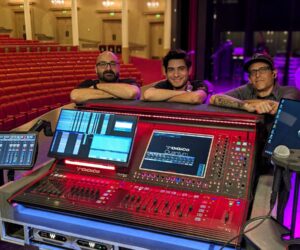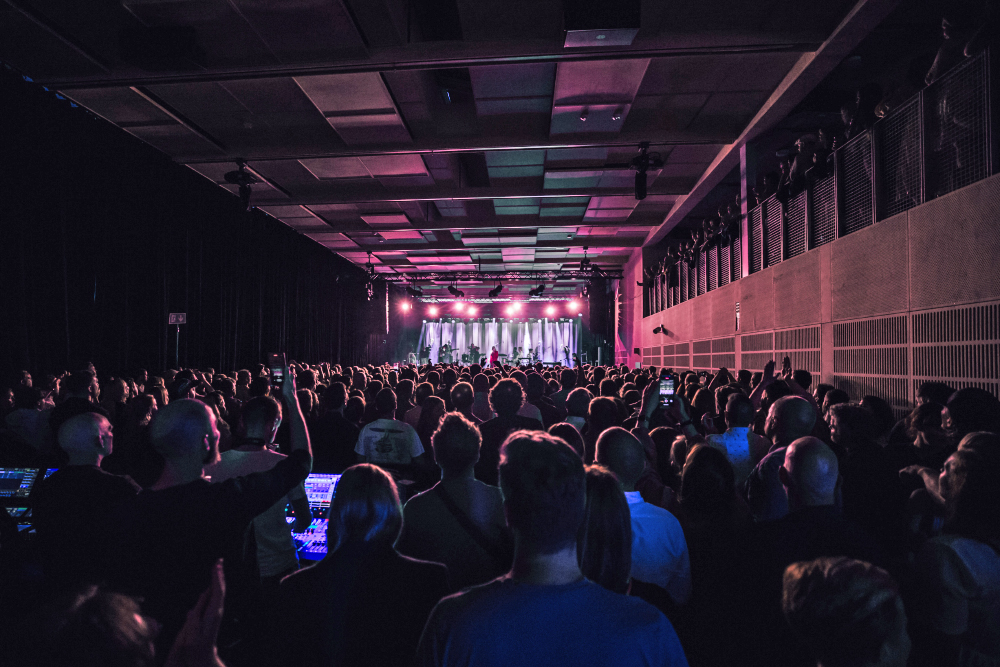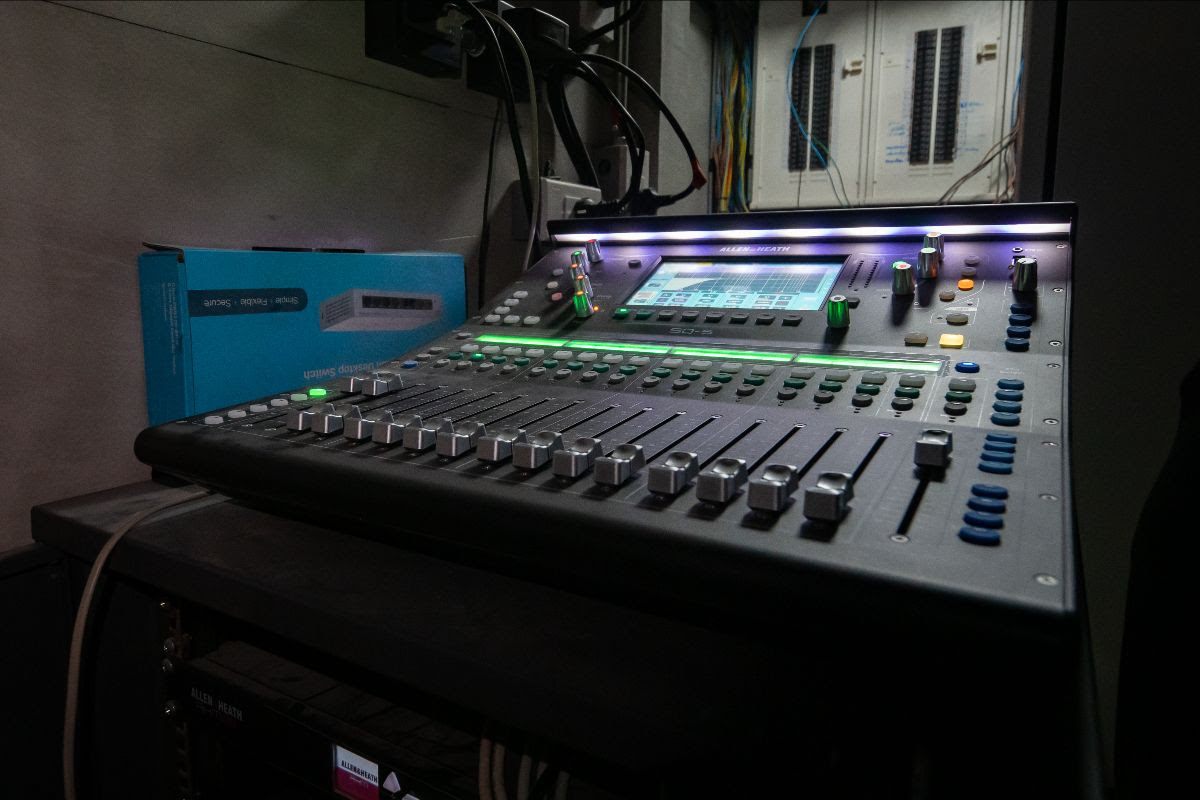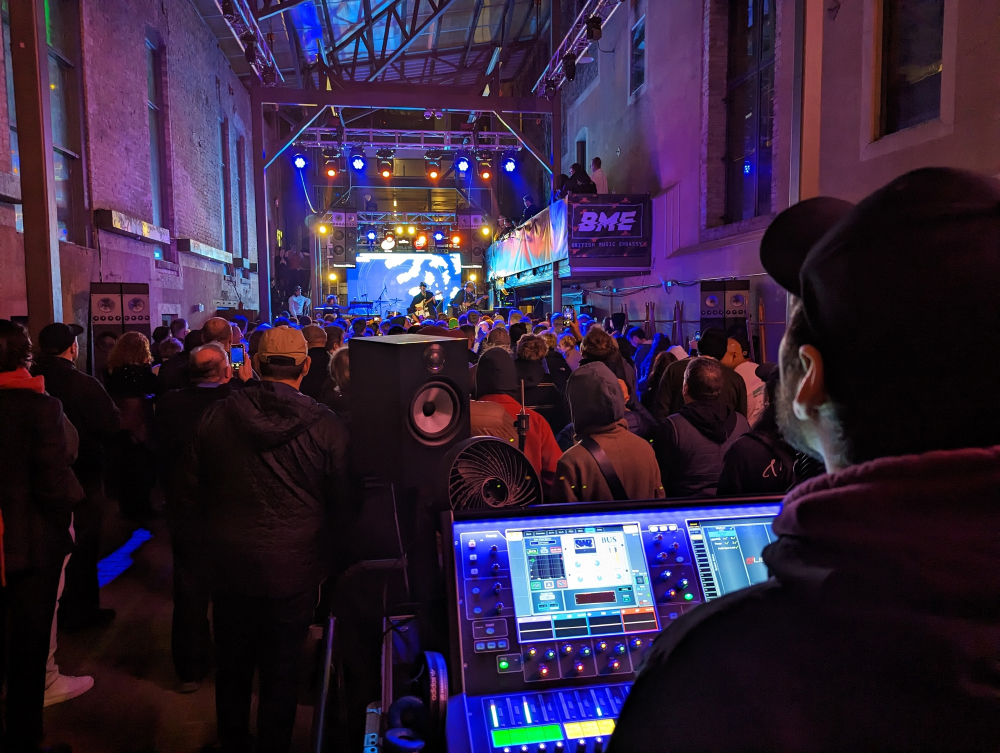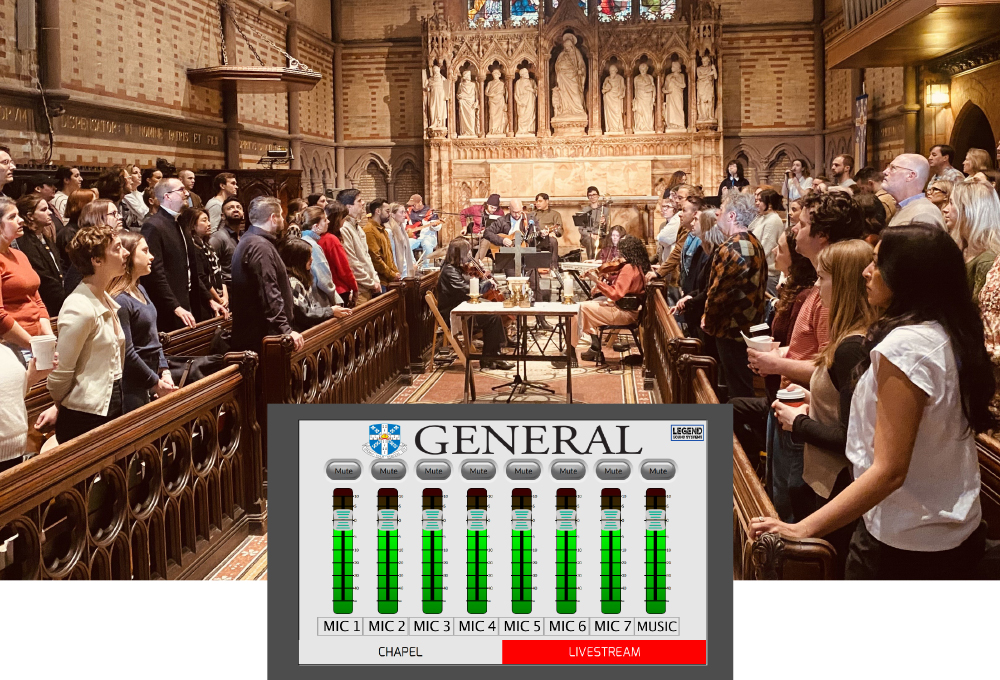The most recent tour by Orange County punk band Social Distortion — die-hard analog aficionados since coming on the scene decades ago — saw monitor engineer Bill Black change direction and provide his mixes via a DiGiCo SD12 96 digital console.
“The band is set up for all rock ‘n’ roll — no computers, not even any wireless except for their in-ears, which are kind of recent,” says Black, who adds that he “inherited” the band’s analog gear when he came aboard. “I was cool with it. It’s the nature of the band and I love analog’s sound.”
However, he didn’t like the analog equipment’s temperamental nature and high maintenance requirements on the road, so when he had the opportunity to work on an SD12 at last year’s Coachella festival as a staffer at RAT Sound, he saw the benefits. “That was my first extended exposure to DiGiCo consoles and it was a game-changer,” he states. “The ability to configure the work surface any way I wanted it, the reliability, not wondering every night what was going to fail and how I would work around it… The reliability and flexibility changed everything.”
A DiGiCo SD12 96 and an SD-Rack accompanied Black on the road for Social Distortion’s November to January run, provided by the tour’s SR provider, Eighth Day Sound/Clair Global. It will be there as the band heads to Australia and New Zealand in February, co-headlining with Bad Religion.
The relatively recent addition of in-ear monitors — JH IEMs and a Shure PSM 1000 wireless system — have helped the band’s onstage monitoring but have changed their aural environment, attenuating the excitement of the crowd noise onstage. To compensate, Black is able to assign particular ambient microphones into founder/guitarist/vocalist Mike Ness’ and other band members’ in-ears, using the SD12’s routing and savable snapshots to give them a specific tonality for each song.
“I have one bank for Mike and I can give him the crunch and sustain he wants to hear onstage as an insert in his monitor channel, along with some great room sound,” Black explains, adding that the DiGiTube emulator on the Channel Setup panel, which allows for the emulation of the non-linearities of a tube guitar amplifier, has been very useful: “I got into this about halfway through the tour and it’s changed my whole approach. I can put those on the guitar and bass channels and color the sound any way they want it. We’re doing big rooms and smaller rooms, plus some outdoor shows, but I can give them the analog sound they want in the monitors consistently in any environment.”
He also notes the support for the products. “DiGiCo’s customer support is unmatched; Matt Larson has become my best friend,” he says with a laugh, referring to the vice president of Professional Audio for Group One Limited, DiGiCo’s U.S. distributor, who he says not only returns calls anywhere in the world but has been known to show up on gigs just to check in. “DiGiCo’s customer response is the single biggest reason why I admire them,” he concludes. “I feel that they’re the only console manufacturer that truly listens to what audio engineers have to say and then makes real changes based on that. And I absolutely love everything that their desks let me do.”


